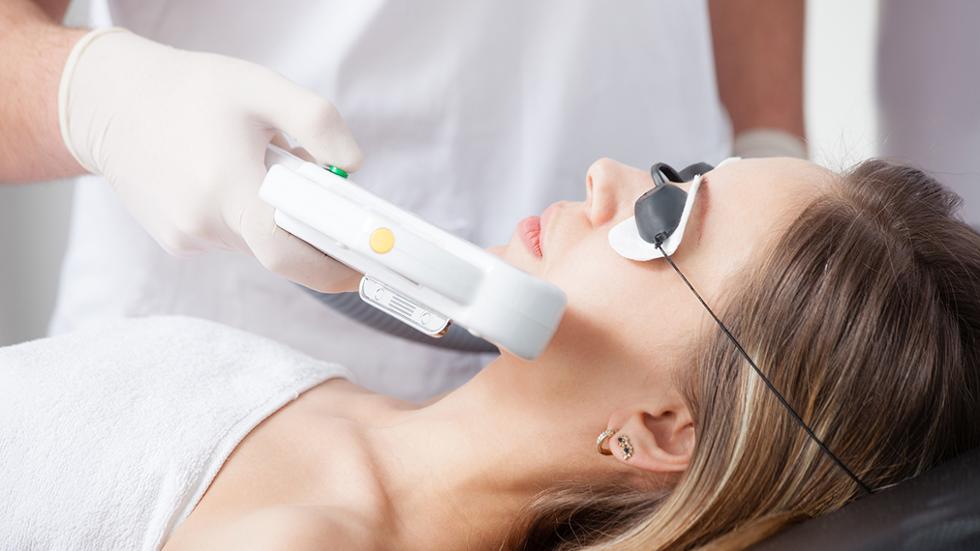Some people are bothered about skin hyperpigmentation, even though having dark spots on the face isn’t detrimental to our health. Furthermore, these people seek the best way to lighten and reduce the appearance of brown facial spots, and laser pigmentation removal appears to be a popular solution. This clinical approach is promised to be a quick and efficient method for lessening skin pigmentation in many patients. Today, we’ll discuss how long pigmentation takes to fade after laser and take a closer look at post-self-care.
How does laser pigmentation removal work?
Laser treatment for skin pigmentation is a minimally-invasive procedure designed to lighten and remove skin hyperpigmentation. The skin pigments are targeted by the laser waves that lead to their breakdown. After this, the body will metabolize the broken pigments naturally. The treatment involves a light pulse directly to the treated skin area that might be accompanied by slightly burning feelings for patients. After the treatment, there is a high risk for some side effects, like skin redness and swelling, that are temporary.
Depending on the skin cell turnover process, it typically takes around 2 weeks to see the full results after laser treatments for pigmentation on the face, depending on the skin cell turnover process. During this period, pigments are likely to naturally be removed from the skin surface. Besides, many technicians recommend that patients attend at least three appointments to reduce the dark spots that appear on their faces.
Laser for pigmentation: post skincare
The recovery time after a procedure varies from patient to patient, but it is essential to avoid rubbing or scratching the treated skin area immediately after a session. This can prevent interfering with the natural skin healing process. In addition, whether your skin becomes red following laser pigmentation removal, don’t worry – it tends to fade for the next 24 hours. Don’t apply any makeup or skincare products on the face since this practice can lead to skin irritation. In some patients, the recovery is accompanied by skin blistering and peeling, which are normal experiences. Your goal is to not pick any blisters on the face if they occur to prevent bacteria and infection from spreading. Let your skin peel off naturally to achieve the desired pigment-free appearance.
If you experience any side effects after laser treatment, you can put a cold compress on the treated area to reduce discomfort sensations. The extra skin care is also associated with sun protection for the next 1 or 2 weeks. Remember that avoiding sun exposure and using sunscreen is vital for laser pigmentation recovery. In addition, doctors are likely to recommend you avoid exposing your skin to high heat, such as hot baths, showers, or saunas. Swimming might be inadvisable since this activity is associated with a higher chance of infections.

